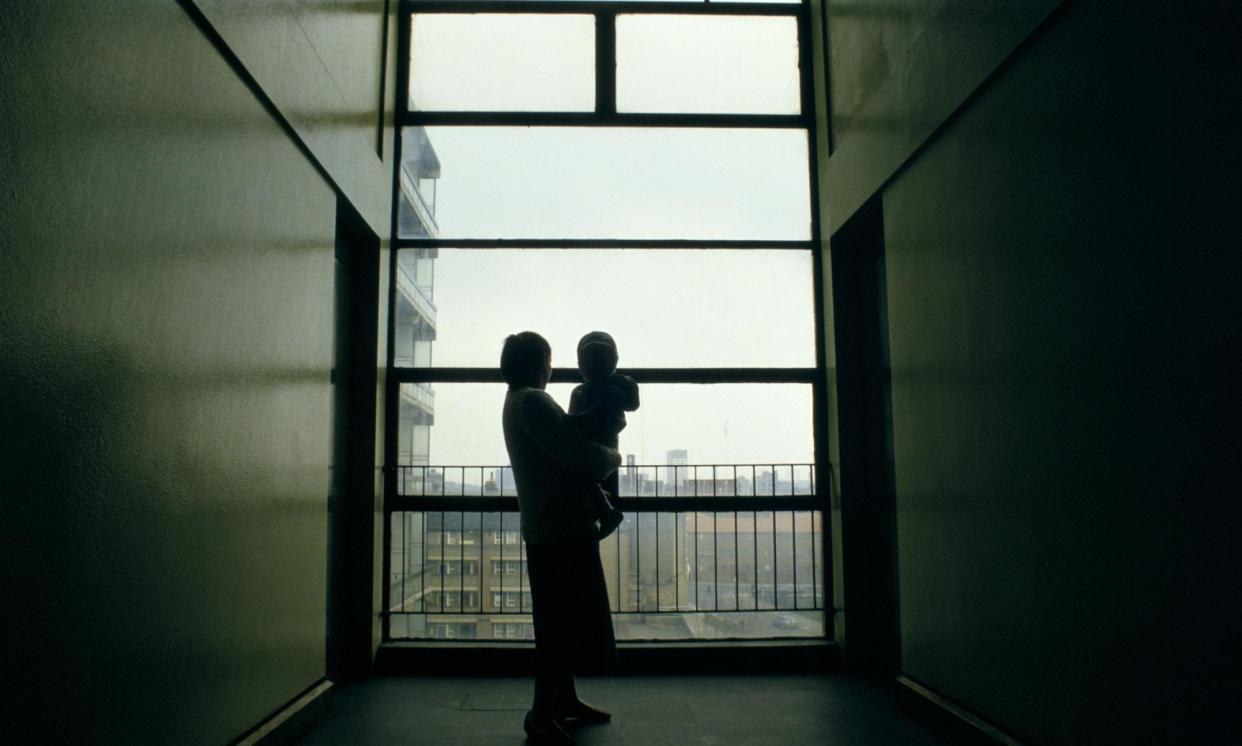Temporary housing ‘a factor in 55 child deaths in England since 2019’

Temporary accommodation has contributed to the deaths of dozens of babies in England, according to investigations into child deaths over a four-year period.
In figures that MPs and the government called “shocking”, living in temporary accommodation was a factor in the unexpected deaths of 55 children between 1 April 2019 and 31 March 2023, according to official reviewers. It found that 42 of those who died were less than a year old.
Temporary accommodation can include bed and breakfasts, hostels and temporary housing and is often supplied by councils. A shortage of social housing and soaring private rents has led to some town halls to resort to places that are damp, cold and overcrowded.
The figures were first revealed by ITV News on Monday after analysis by the national child mortality database, which gathers data from panels made up of healthcare professionals, social workers and other officials that convene when a child dies.
“It is shocking that in the fifth-largest economy in the world, children are dying because of the accommodation they are being housed in,” said Siobhain McDonagh, the chair of the all-party parliamentary group on temporary accommodation.
“We cannot accept that … councils are under extraordinary pressure. They have an ever-growing list of homeless families waiting for accommodation and an ever-smaller pool of housing to put them in. That means councils are forced to house people in inhumane conditions.
“Some of the conditions that I see are unfit for anyone to live in, let alone a child. It is the wild west out there.”
A spokesperson for the Department for Levelling Up, Housing and Communities described the findings as “completely shocking”, adding: “Our guidance to councils is clear that all temporary accommodation must be safe and suitable for families with babies and have enough space for a cot. We will continue to work with [parliamentarians] and councils on this important issue.”
It was not immediately clear which aspects of the temporary accommodation the officials considered contributed to the fatalities. Damp and mould was ruled by a coroner to have been the cause of the death of two-year-old Awaab Ishak in a Rochdale social housing flat in December 2020.
The Guardian recently reported on a mother in a damp and mouldy social housing flat in Lewisham, south-east London, who had considered placing her six-year-old son in care because she was so concerned about his health after he started to have breathing difficulties.
In another case, a mother of four in temporary accommodation in east London had to fight for months to get out of a house of multiple occupation where up to 13 people shared a single bathroom. She had a disabled child and there was mould in the bedroom.
Darren Rodwell, the housing spokesperson for the Local Government Association, which represents councils, said: “It is tragic that thousands of children are having to live in temporary accommodation.
“Last year, councils spent £1.74bn to support 104,000 households in temporary accommodation, the highest figures since records began. The only way to resolve this issue is to address the shortage of suitable housing across the country and build up councils’ stock of social housing.”


